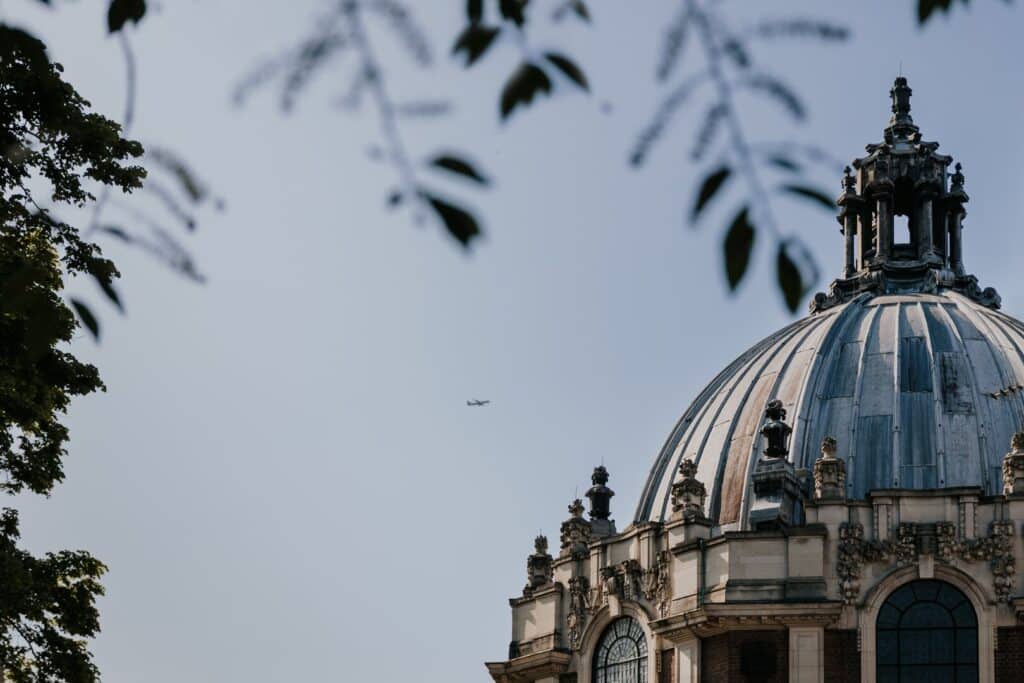Banks Society Dr Aidan Marsh, Director of CSa Environmental Planning, ‘Developing with Ecology in Mind’
On Thursday 23 February, the Banks Society welcomed Dr Aidan Marsh, Director of CSa Environmental Planning, who delivered a talk titled ‘Developing with Ecology in Mind’. This was in essence an exploration of what a career in environmental consultancy entails, with Dr Marsh offering plenty of anecdotes. As it transpired, environmental consultancy is a very thorough tick-the-box exercise in which Dr Marsh and his colleagues advise clients on what they can do to create a development that is as environmentally sound as possible. Obviously it is impossible not to affect the surrounding ecology in some negative way when there has been no prior development on the land ; and when there has been prior development, modifications and improvements are often required , due to ever-increasing constraints and demands from the authorities. As well as consulting, CSa also aids with carrying out the processes themselves, which may include building artificial badger lairs that attract badgers away from their original settlement when it is about to be built on – Dr Marsh confided that they use peanut trails to guide the animals – or freeing an area of great crested newts by fencing off large areas with a plastic mesh and collecting the newts from buckets dug into the ground around the perimeter. As you might have gathered from the title, a great deal of CSa’s time is spent in dealing with legally protected species, which are usually badgers, bats, newts, or dormice. As it would be hard work and time-consuming to free an area of all these species, and others, it is the most threatened species in the area that take precedence. In addition to ecology, CSa advises on landscape, urban design, and a variety of other disciplines. Indeed, Dr Marsh has been involved with consultation on Tottenham Hotspur’s proposed new stadium. Despite there not being much ecology to analyse in the middle of a city, CSa has much to offer in proposing architectural features that would improve its friendliness towards the environment and one such feature is the green roofs suggested for the neighbouring building that will house some of the club’s function rooms as well as a Sainsburys. You might ask: “In what way do green roofs do good for the environment?” The rather simple answer is that they prevent fast run-off of rain, and so, on a floodplain such as the one on which Eton is situated, green roofs may appear increasingly frequently on new buildings. Perhaps the college will even end up with some of its own.
Peregrine Dunn OS (SMM)



